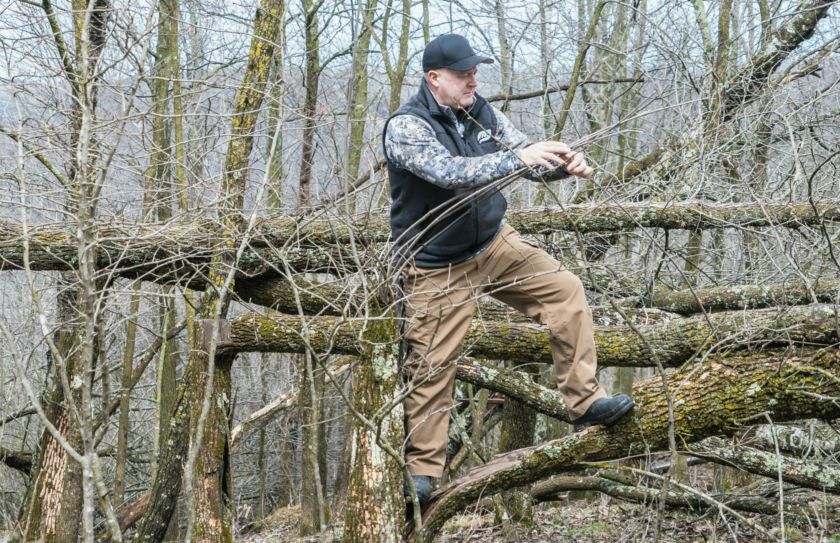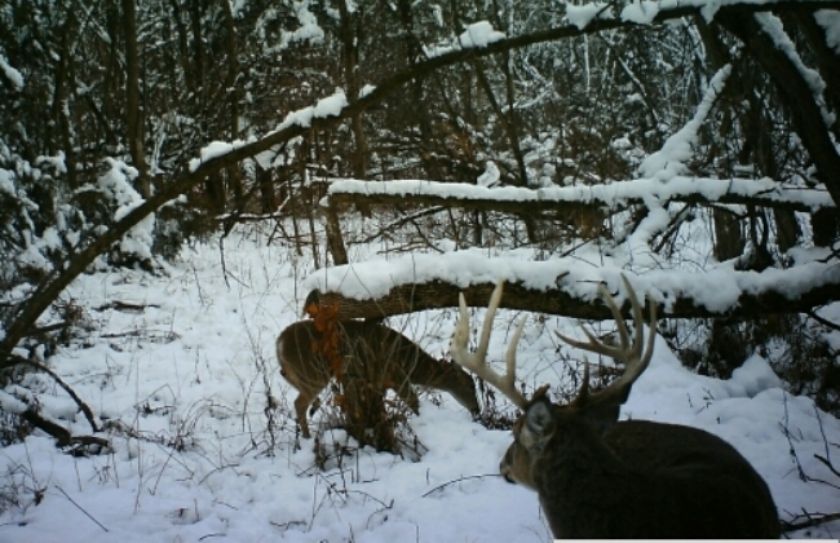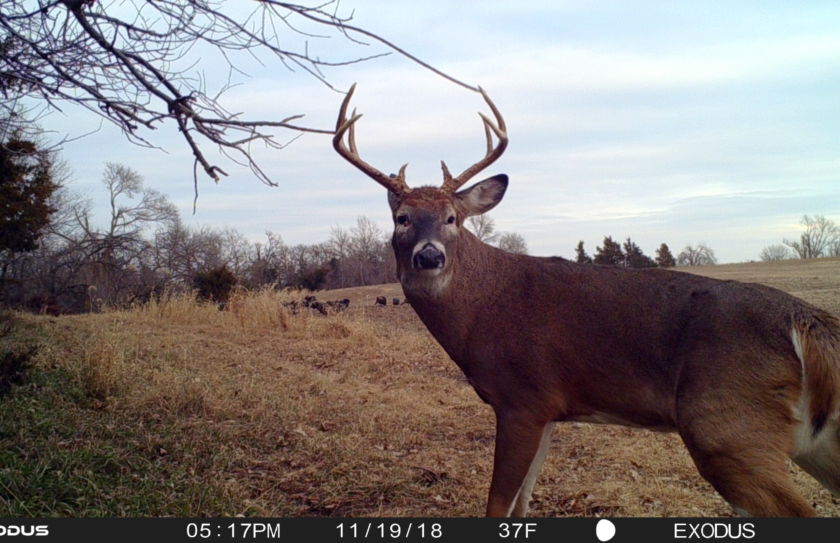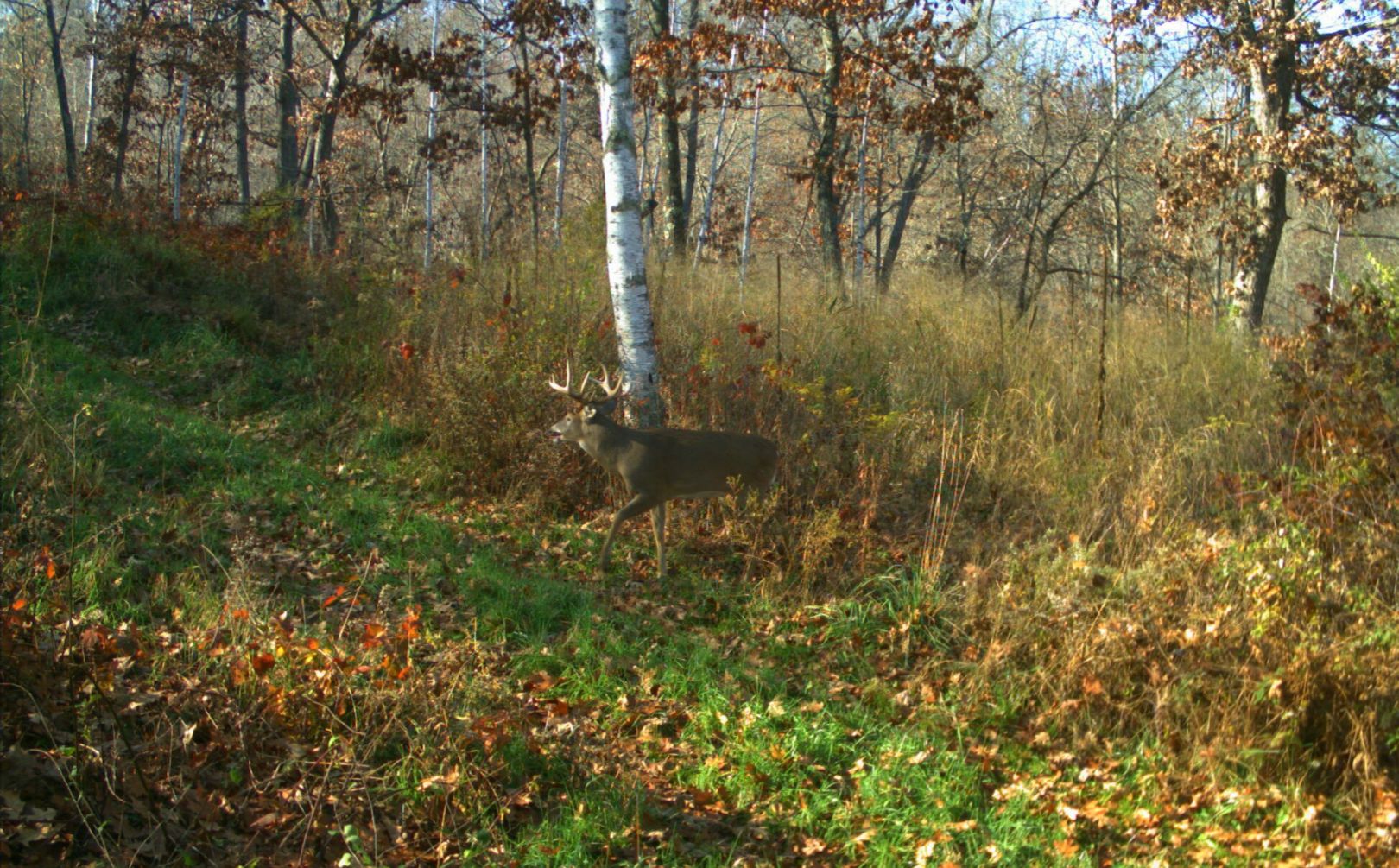
What truly is a great deer bedding location? In my experience you can find prime bedding opportunity in a variety of habitats, when you first begin your journey, by letting go of a couple of deer bedding myths.

*From scouting, to habitat, to hunting, your trilogy of complete deer strategies is HERE
No Sun, No Problem!
We will get back to the greatest deer bedding location myths in a couple of minutes, but first let's check out the ingredients of great bedding habitat:
1. Non, Hunter-pressured and Hidden
-If deer can see you, hear you or smell you, it's not a bedding area.
2. Dry, Diverse Growth and Daytime Browse (hardwood regen, briars, preferred shrub or Mast)
-Avoid mono cultures of grass or conifer within bedding areas, as well as forages that will prolong the afternoon exit of bedding areas, including clover, apples and alfalfa.
3. High Quality afternoon food sources within 50-300 yards
-Empty plates = Empty Homes
#1 Deer Bedding Location Myth?
"The best bedding areas are located in South facing slopes". Hey, it sounds good; on paper. Higher regen levels, more daytime browse and the warming rays from the unshaded-sun can create a convincing case for the casual observer. But it really isn't true, because deer choose their bedding areas based on daytime diversity, adjacent food and a lack of hunting pressure.
Another is the prevailing wind. Bucks will always bed on the downwind side of doe family groups, right? If that is truly the case, mature bucks would forever live within a carousal of revolving buck beds. This is another myth that sounds good on paper, but isn't realistic when you put your boots on the ground, to scout in the woods.
While scouting over 500 bedding areas across the Country in search of the best deer bedding locations, the direction of the sun or wind hasn't consistently determined where whitetails bed. Instead, the lack of hunting pressure, combined with the appropriate levels of food and cover, has provided the winning combination. Whether the position on the compass points North, South, East or West, deer crave unpressured high quality habitats.
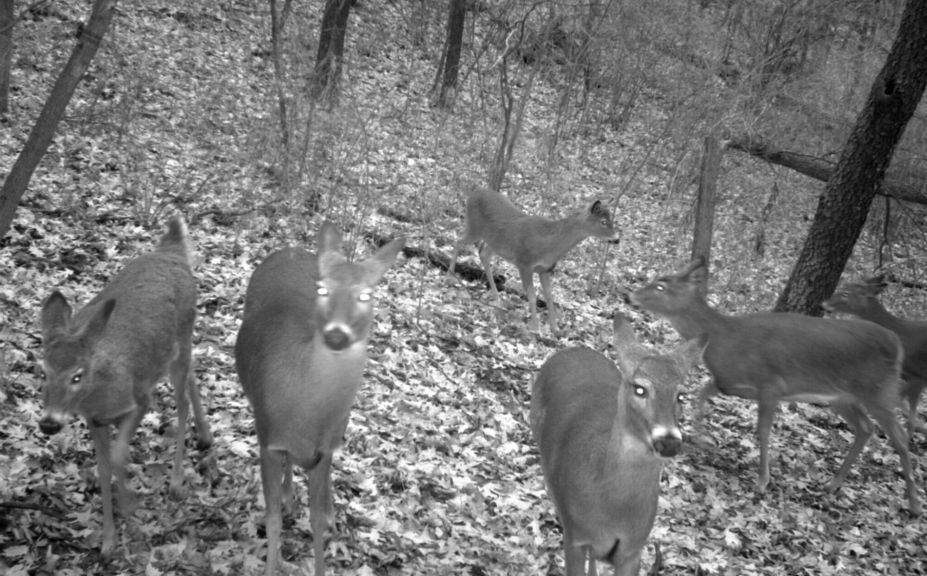
*To further dive into the world of understanding deer bedding location behavior, check out, "The Mystery of Building Buck Beds".
The Ultimate Bedding Combination:
A large, high quality and consistent food source sets the tone for the entire daily movement of deer. When you follow high quality food source locations,with secure cover and diverse habitat offerings, spread out over a length of 300-400 yards or more, the direction that length travels is not important.
Which is more important for a great deer bedding location, food or cover?
Both. Without high quality food, a deer herd lacks defined movement patterns and the ability to attract, build or hold whitetails. Also, without diverse, unpressured quality habitat, deer will move elsewhere.
The direction of the sun or wind within a bedding area may seem like a great consideration for habitat or hunting activities, however they combine to create a couple of the greatest deer habitat myths you will find.
